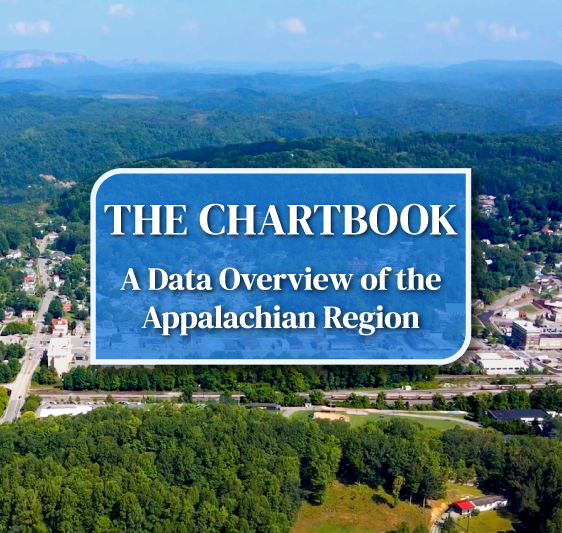Prior to COVID-19, the Appalachian Region was seeing improvements in income and poverty. Median household income increased 6.8% between 2014-2018 and 2019-2023, with increases reaching at least 15% in 64 counties scattered throughout the region. Despite these improvements, Appalachia’s figure is 82% of the nation’s median household income.
The overall share of Appalachians in poverty declined 1.5 percentage points between 2014-2018 and 2019-2023. However, rates have stayed the same or increased in 98 counties. It remains to be seen whether these improvements helped buffer Appalachia from the economic impacts of COVID-19.
Learn more about Appalachia’s income and poverty trends below.
Median Income in Appalachia

Median Family Income Growth
During 2019-2023, the median family income in Appalachia was 85% of the U.S. median of $96,922. However, in 17 Appalachian counties – in metro areas – the median family income matched or exceeded the U.S. median. In another 79 counties, median income was at or above the median for families in the Appalachian Region. In contrast, median family income was less than $50,000 in 19 counties.
Poverty in Appalachia

Poverty Rate by Subregion
The share of Appalachian residents in poverty fell 1.5 percentage points in 2019-2023. Poverty decreased in all subregions and county types and in nearly all states. The decline was greatest in Appalachian Georgia, Kentucky, Tennessee and Virginia where poverty fell by at least 1.9 percentage points.

Poverty Rate by Age Group
Poverty among both children and young adults (ages 18 to 24) fell noticeably since 2014-2018. Child poverty dropped by three percentage points, to 19%, in 2019-2023, while poverty among young adults fell 3.9 points to 21.8%. Poverty rose 1.3 points for older residents (ages 65 and over) in the region and in all subregions, county types, and states with the exception of Appalachian Georgia.


